Dealing With the Concept of "Disposable Pets"
Animals play a huge role in our everyday lives, as is evident from our massive global pet trade (Americans alone spend over $50 billion on their pets each year!). There exists much controversy over the practice of keeping animals as pets; while many people see it as a worthy cause with benefits for both humans and animals, others see it as a cruel or demeaning relationship, rife with abuses and poor care standards. While it cannot be argued that there are still many problems posed by the pet trade (poaching, disease spread, abuse, poor care practices, etc), it is my opinion that keeping animals as pets can be a good thing (as long as knowledgeable people provide the proper care). Shouldn't these animals lead a life of freedom in the wild? Yeah, absolutely, but in a world where natural resources are disappearing before our very eyes, I think the practice of keeping pets could strengthen our resolve to save species. Caring for pets fosters an emotional connection between people and animals, and I firmly believe that connection promotes a desire to protect the natural world and its resources. For people unable to observe animals in their natural habitat, interacting with pets allows for the opportunity to experience animal behavior, emotions and intelligence in a way that cannot be experienced through television or literature.
Unfortunately, in my profession I often see the dark side of pet ownership. We receive animals that have been abandoned by their owners and face imminent euthanasia if we don't accept them. Exotic animals seized during police arrests are brought to us, sometimes requiring care and resources we don't immediately have available. Others are surrendered ill or injured, suffering from a life of poor care; many well-meaning pet owners simply don't understand what kind of care their pet requires, and the animal suffers as a result. We do everything in our power to rehabilitate these animals (despite the fact we are not a rehab facility), before trying to find homes at other zoos, museums and institutions (many times, these animals will be adopted by our own keepers if no home can be found; nearly every keeper at our facility has adopted a surrendered animal, myself included.)
I adopted "Banner" in 2015 after she was dropped off at our museum. Unable to care for yet another snake (we are waaay over crowded), and unable to find a facility that would take her, I took her home after she spent 3 months in our quarantine room. She was likely abandoned by her owners as she is not the friendliest snake; she was clearly not handled very often and is not well socialized (in fact, I named her after Marvel's Bruce Banner because "she is always angry"!).
It is unfortunately the one of the most common dilemmas we face: the idea that many pets are "disposable" or temporary. They are often seen as a commodity that can be acquired whenever we please, and discarded, released or given away when we no longer want them or can no longer care for them. It's not necessarily done out of malice or intended cruelty, but some people simply lack even the most basic animal experience. This problem often extends beyond the pet owner; some animal retailers and pet stores don't fully understand the animals they are selling, and often provide inaccurate or incomplete information (I was sold a leopard gecko that I was assured would live 6-8 years; she was an adult when I purchased her around 15 years ago, and she is still going strong!). As a result, prospective owners often don't realize the commitment they are making, and what will be required of them to care for their new animal.
When adopting pets, I generally advise dealing directly with breeders who know the animals, specialty stores that deal with a few specific animal species, or adopting from a local shelter!
Animals are NOT disposable decorations:
Our facility is a popular wedding location. We host weddings almost weekly for people who are avid animal lovers. Even @ellepdub and I got married here among the fishes!
While the museum does provide some limited decorations, it is often up to the wedding party to provide their own. Extravagant center pieces are one of the most popular displays, and it wasn't until I began working here at the museum that I realized people often like to feature live fish in their centerpieces. Fish have always been seen as a largely temporary pet; generally regarded as a "beginner pet", many people simply don't realize that these animals can often live a surprisingly long time with proper care. This past spring, we hosted one such wedding and, after the guests and wedding party had departed, the centerpieces were left behind, each one housing a couple blood parrot cichlids. The wedding party was contacted, but refused to come retrieve the animals; they had purchased the exotic fish as a decoration and had no further use for them. Fortunately, our aquatics staff was still onsite, and stayed late to get the cichlids set up in a circulating tank with food; with proper care, these fish will remain in our collection for as long as 15 years! Our facility has since banned such use of animals in any rental event.
Very similarly, Siamese fighting fish, more popularly known as Betta fish, are actually billed as a kind of "decorative fish". They are very popular in the pet trade because they can survive in small unmaintained tanks or even cups without any circulating water (since they are capable of breathing at the surface). This makes them desirable for a kid's first pet, or as a decoration in offices and college dorms. However, while they can survive these conditions, this is far from ideal. These fish prefer slowly moving water that is higher than room temperature, and living in unmaintained aquariums or cups leaves them susceptible to diseases like fin rot. In perfect conditions, these fish can live 6-7 years old (10 in extreme cases), however most in captivity only live a year or two at best.
Not even addressing the fact that keeping an animal in such a confined space is rather inhumane.
Animals are NOT disposable toys:
It's amazing that phrase even needs to be said, but it's a very real problem. I'm not talking about playing with an animal like it's a toy, I literally mean actual toys that contain animals. Several countries sell these "animal keychains" as souvenirs, and these trinkets actually contain live animals. Live turtles, lizards, amphibians, fish and insects are sealed within fluid-filled plastic pouches that are sold as a "fun" novelty item. For a small price, you can own a key chain that has a little turtle swimming around...for a few hours. Any child should be able to tell you the fate of these poor animals; they either drown or suffocate in these small pouches (supposedly, they contain oxygen and nutrients to keep them alive for a couple days, for whatever comfort that is worth...none whatsoever). For ignorant "pet owners" it's a chance to own an exotic animal with no long-term commitment.
After the creation of the popular "Ant Farm", toy makers wanted to take things a step further. The "Ant watch" is a sand-filled wrist watch in which the owner puts in 4-5 live ants, which burrow through the substrate. However, like the key chains, these animals are trapped within their own graves; while an ant farm can actually provide a semi-reasonable home for an ant colony, complete with food and water, there is no chance of the ants in the watch surviving longer than a couple days at most. Add in the constant movement of the individual wearing the watch, and it is incredibly unlikely they will survive more than a few hours. Sure, they may just be insignificant insects to some people, but it reinforces the idea that there exist disposable animals that live only for our pleasure. No matter the size, shape or intelligence of the animal, such treatment is abusive.
You can NOT "borrow" a pet from the wild:
Unfortunately, it's often not illegal to take animals from the wild, especially reptiles and amphibians. While there are laws against collecting threatened and endangered species or larger animals, some places do actually allow for the collection of wild animals for "private use". People often find baby animals in the wild and take them home to be a pet. It seems like the perfect scenario; being wild, if they no longer wish to own the animal, they can totally just release it back outside! Sure, you can...for 30 days. After 30 days in captivity, an animal cannot legally be released into the wild. It will have difficulty surviving on its own and can be a vector for disease. Turtles are very popularly "adopted" from the wild, as people mistakenly believe they make good pets and are easy to care for. Most turtle species live a minimum of 40 years, some like box turtles can live 80-100+; people who take these animals often have no idea what they are getting themselves into. Once they realize they are in over their head, they call us asking where to release the animal, and we have to break the news: they can't. It doesn't matter if it was born in the wild, it simply cannot be released. Their only choice is to either rehome the animal, or buckle down and care for the animal they "rescued" (unfortunately, more often than not, the animl goes onto another inexperienced keeper and is passed on from there).
"Disposable" pets can be an invasive nightmare:
Regardless of laws, unwanted pets are released into the wild. Establishing themselves as an invasive species, these animals can be a nightmare for the local ecosystem. One of the most widespread invasive species are these guys:
These are baby red-eared sliders and they are incredibly popular in the pet trade. They were sold in pet stores all over the world as an "easy" pet and were even given away as prizes at festivals and carnivals. They were little and fun to watch and people loved them. Until they grew. Red-eared sliders can grow to a shell length of 16 inches and they can be fairly nasty animals. When their cute little turtles became not so cute and little, many owners did what they thought was the most sensible thing: release them into local ponds to live with other turtles. The problem: the red-eared slider is originally native to central America. The species quickly became established in the wild, competing with local native animals and adding a competitive pressure to our native turtles. Today, the red-eared slider is one of the most common turtles in the United States, and the invasive turtle often drastically outnumbers native turtle species. Yet this problem isn't unique to the US; the red-eared slider became so popular in the pet trade that it has become established on every continent (excluding Antarctica)! Even today, many people acquire this animal on a whim; we see a lot of people adopting them then later trying to rehome them not long after a Ninja Turtles film is released! This animal was a popular fad that has had devastating ecological consequences as a result of misinformation and poor care.
After working with them for 7 years, I find it hard to understand how any knowledgeable person would want to own a red-eared slider.
The solution?
Education is the key here. As I already stated, I believe the pet trade can do great things, and I think most problems stem from a lack of experience and understanding, as opposed to malice. People need to understand what is required of a pet owner and how much work, money and resources go into keeping an animal physically and psychologically healthy. As rewarding as keeping animals is, it can be an incredibly frustrating amount of work. Animal breeders and retailers need to understand the animals they are selling, and adequately convey they information to perspective owners. It is the responsibility of the owner to do their due diligence and fully research an animal before committing to it. That being said, I think it is beneficial when people are able to experience that amount of effort; for them to know what goes into caring for a single animal really puts into perspective what is required to protect wildlife and natural resources. The pet trade has a long way to go to improve, but I think we will see a trade that will inspire long-lasting benefits for the natural world!
Image Links: 1, 3, 5, 6, 7, 8, 9, 10,
Video Links: 1

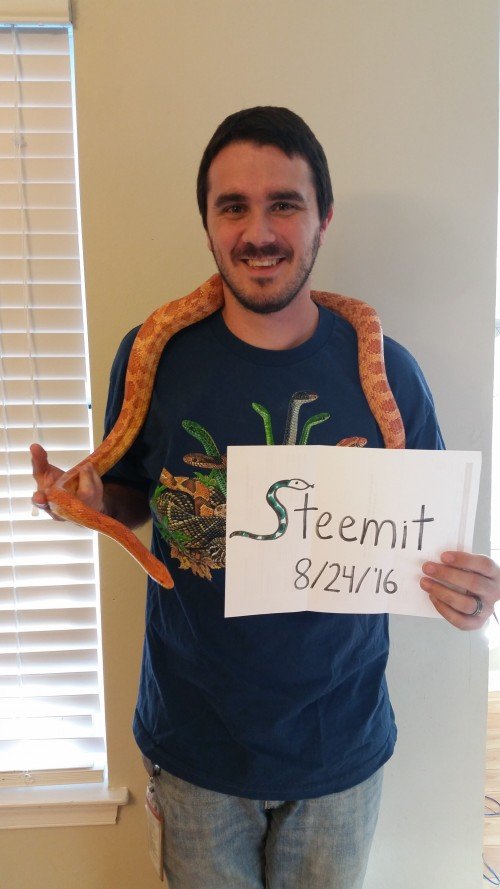
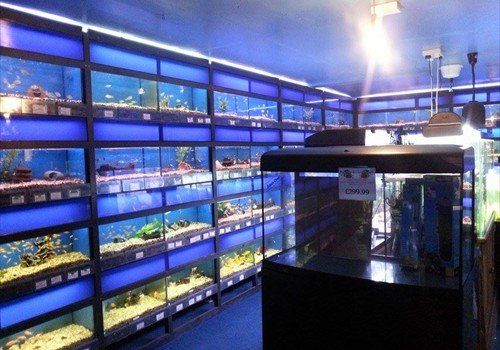
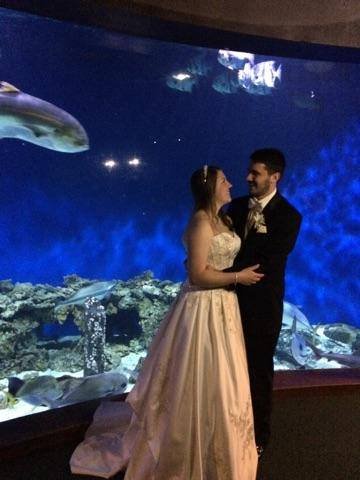
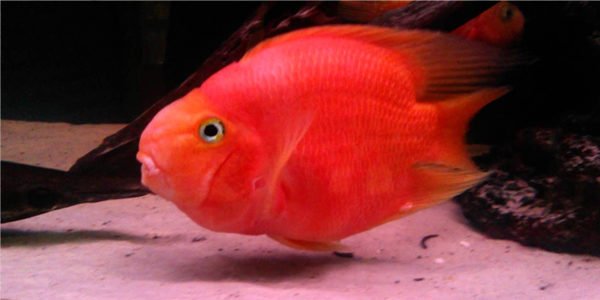
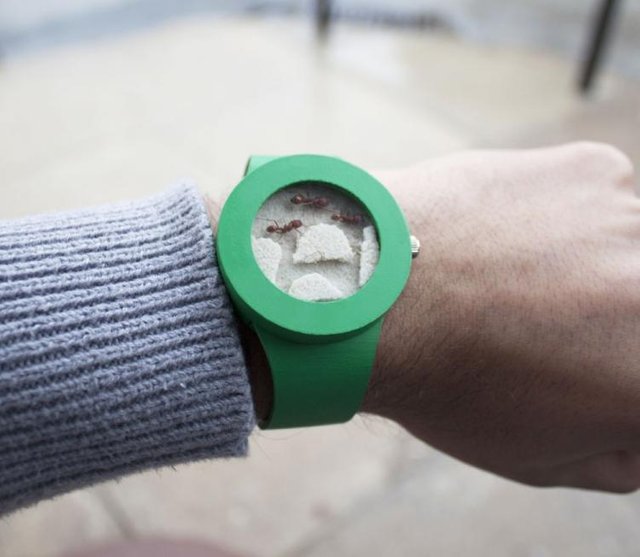
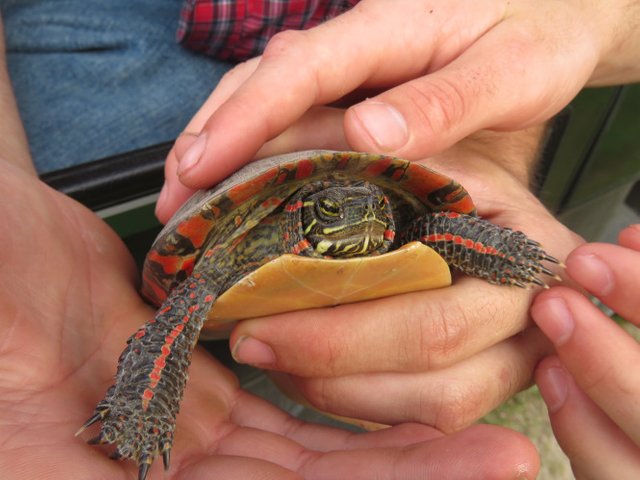
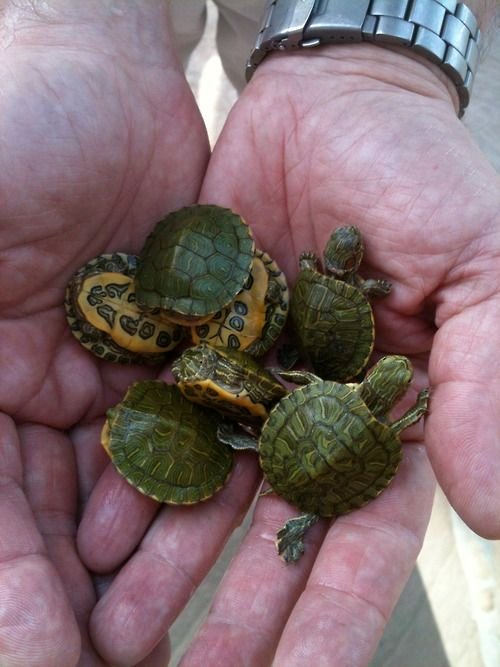
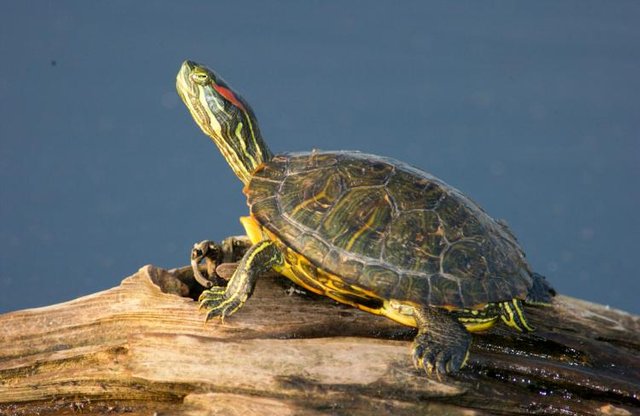

One of your better posts I've seen. I don't think you mentioned it, but were you able to socialize Banner? Can snakes become connected with their owner, and under proper care, and let go of past aggressive behavior?
Your audience here is pretty solid, but do you also post this content on other social media sites? The material and messages above are pretty important to reach as many people as possible.
Thank you!
I have not really focused on socializing Banner. I'm very sure I could with enough handling, but in the meantime it probably is just stressful for her to have too much human contact. She has slowly settled down enough that I can take her out and clean her cage and she remains calm and docile, but I don't think she's ever going to be a cuddly personable snake. She doesn't bite or anything, she just gets very flighty now when upset.
I do post similar content on our museum blog, but I haven't been too active in a while, and I haven't yet brought up the issue. Unfortunately, this topic may be deemed a little too 'dark" for our guests (marketing is weird)...
Education is key. When I was a kid we won a tortoise at a carnival. Luckily he did well in our environment and ended up living for many many years. But I agree, know what you are getting into before you get a pet is the key to your animals happiness. Thanks for the post.
What a great informative post! I agree with you wholeheartedly! Animals in the wild belong in the wild, and the pets that we have in our homes become part of the family - not objects to dispose of at will! Thanks for writing about this!
OH the turtles in the key chains! It just breaks my heart.
My son wanted a pet turtle, so we made him research what was involved and the cost and time commitment.
He came back to us and said " I don't have enough birthday money to buy him a home big enough to keep him happy, it would just be a little tank". I was so proud he made he realisation on his own that these animals do better in their own environment. He ended up buying a zoo pass so he could go and see the turtles all the time.
Great post, education is absolutely key!
Yay! Turtles are the biggest problem we have with this. They look so cute and fun but they are probably one of the most extreme commitments out there. They're dirty, rather antisocial and live a horribly long time. Glad he did his research!
nice post
Please follow and Upvote me and stay connected together
Interesting post